Text: Chinese and foreign management reporter Ren Huiyuan Editor in charge: Li Jing
The epidemic was in urgency, and a steady stream of relief supplies flocked to Hubei from all directions. How to ensure that the needed materials can quickly and accurately enter the disaster area when the road is blocked, and hand over to the unit or person in need? Not only is it one of the focus of national attention, the entire Hubei logistics system has also encountered an unprecedented emergency test.
Emergency logistics is different from ordinary logistics. The word "emergency" itself has a certain military color. It is a special logistics activity that urgently guarantees the needs of materials, personnel, and funds in response to emergencies. This means that the time is uncertain, the location is uncertain, the goods are uncertain, the supply and demand sides are uncertain, and it is impossible to make a plan in advance, and the difficulty can be imagined.
It is even more difficult for personnel to arrive on duty in time, traffic is blocked, and wheels for large-scale logistics and express delivery are stalled. At this time, the advantages of multiple logistics locations, wide coverage, and long lines have emerged.
In Wuhan, looking around, the busy green mail trucks that shuttle back and forth on the empty avenues are particularly eye-catching, seamlessly connecting day and night. Among the group of people who "walked in the opposite direction" rushing to the front line of rescue, this group of "green soldiers" in postal uniforms stood out.
In order to interpret the operation mechanism of "emergency logistics" in Hubei Province, "Chinese and Foreign Management" interviewed Ren Yongxin, general manager of China Post Group Corporation's Hubei branch.
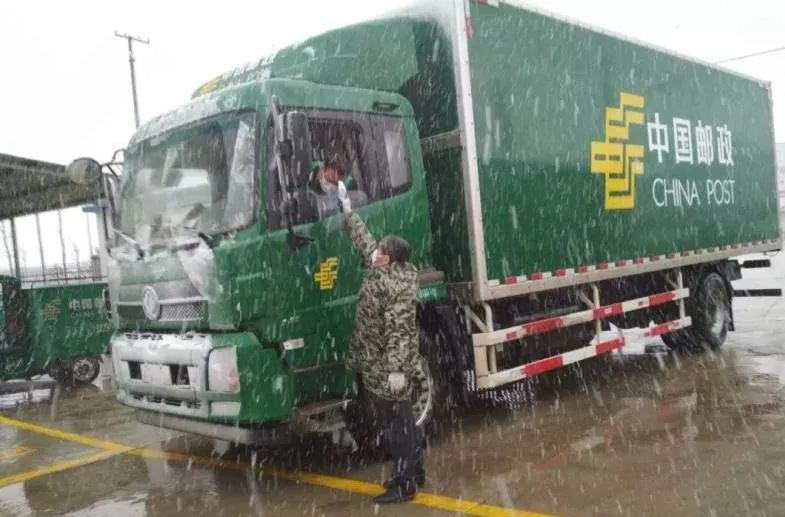
1
"Red blood cells" on "Guomai"!
Since the outbreak of the epidemic, Hubei Post, which is at the center of the epidemic, has suddenly faced the severe test of a public health emergency. Ren Yongxin said frankly in an interview with "Chinese and Foreign Management": He was worried at the beginning and worried that the protective materials were so tight. How to protect the safety of employees? Worried about whether the relief supplies can come in in time and can they be delivered accurately? "However, it's better to use your heart instead of worrying."
At 22:00 on the evening of February 15, the logistics business department of Wuhan Post and Delivery Division received an urgent notice: 3000 sets of bedding were urgently needed to be transported from Jingshan County, Jingmen City to Chenjiaji Yangtze River New Town Fangcai Hospital and Wuhan Science and Technology Exhibition Center. Cabin hospital. Immediately, the seven drivers of the postal logistics fleet were called up overnight and drove seven postal vehicles to Jingshan County, 200 kilometers away, without sleep. After less than 24 hours, the urgently needed supplies of the two prescription hospitals were all safe. service.
Ren Yongxin introduced: Since the outbreak of the epidemic, Wuhan post logistics personnel have become accustomed to sudden long-distance transportation tasks. They know very well that behind every emergency task is the most urgent "ammunition" demand of countless medical staff in front. Every minute and every second saved by emergency logistics can make medical staff on the battlefield and patients in the ward early. The points are protected, and the early points are at ease. When the epidemic broke out, a rescue center praised them after receiving the supplies: "You are worthy of being the ‘national team’. Now only the postal service can achieve this efficiency!"
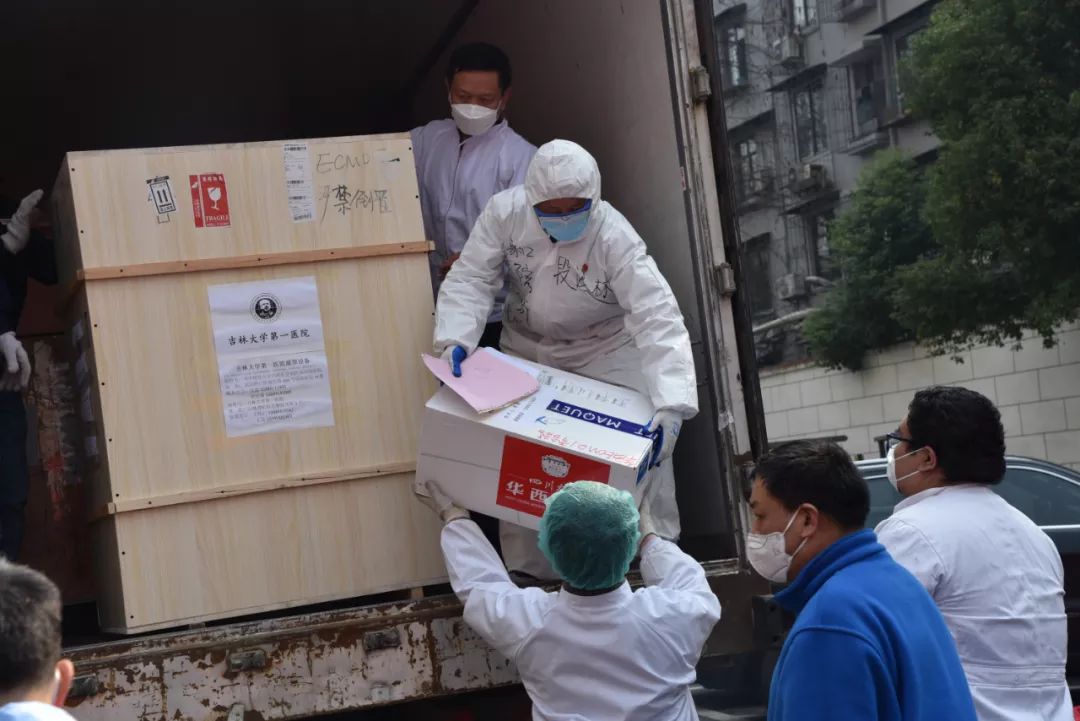
The usual messengers have become "soldiers" in times of emergency, and such deeds on the rescue frontline are numerous. "Postal transmissions are tens of thousands of miles, tied to the national line. At the critical moment of the epidemic, as long as other logistics cannot be handled, China Post will provide all-round services to ensure uninterrupted delivery." Ren Yongxin told reporters that China Post, commonly known as the "Second Army", has The characteristics of politics, commerce, and people are likened to the "red blood cells" in the "national vein". The postman is like the "hemoglobin" that transports oxygen, and the delivery of mail and parcels does not stop.
According to reports, Hubei Post has nearly 200 postal vehicles, which are on duty 24 hours a day on the primary and secondary trunk lines and charity departments of Hubei Province. The goal is: relief supplies are unloaded and distributed, and the epidemic prevention materials will be delivered as soon as possible. Transfer to 45 hospitals, 15 districts, and 63 distribution points in Wuhan. In less than a month, Hubei Post processed nearly 4 million rescue mails and received nearly 1,000 batches of goods in total. Among them, all mail delivered by China Post and Airline will be delivered within 2 hours.
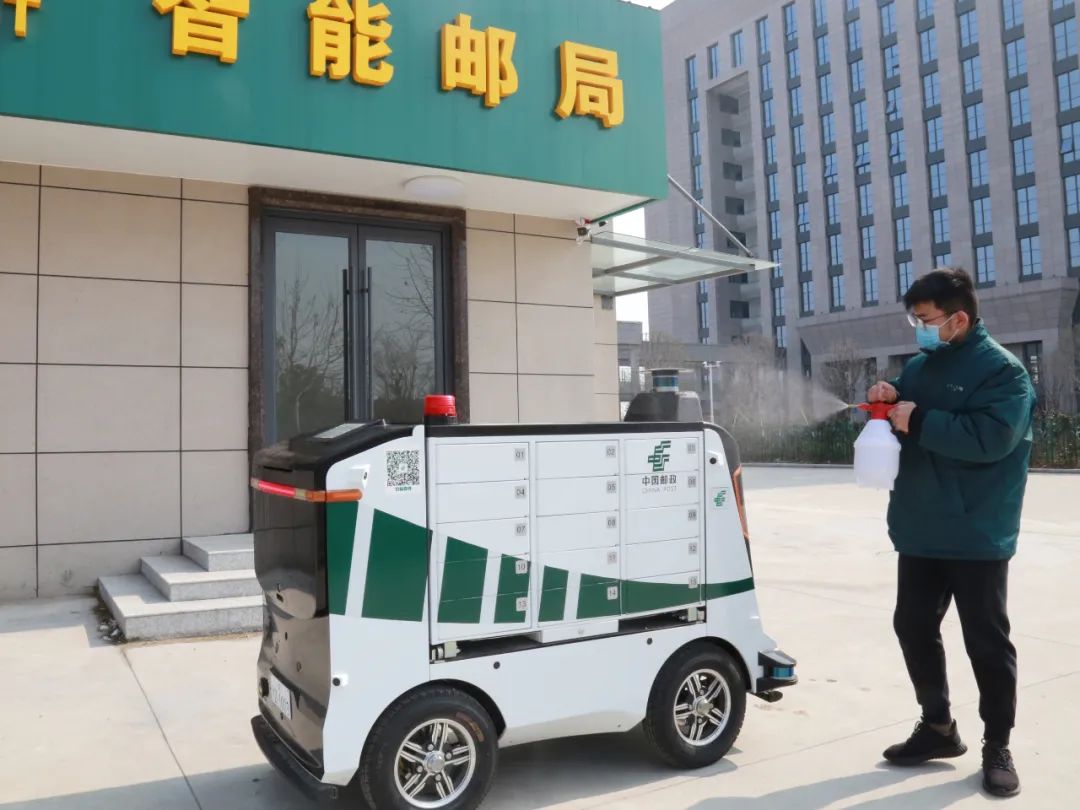
Wuhan Post's "Hanma" unmanned delivery vehicle delivers nearly a hundred mails a day
2
Contact-free "Unmanned Delivery Vehicle" Fire Line Support
The epidemic is fierce. In addition to the timely and effective way of life for logistics personnel, the intelligent unmanned equipment of the postal system has also played a great role in reducing the close contact between delivery personnel and customers and preventing and controlling the spread of the epidemic.
According to Ren Yongxin: Since the outbreak of the epidemic, the unmanned delivery vehicle "Hanma" has become the most popular "star delivery brother" of the Xiantao Post Office. There are fewer people and fewer cars on the road during the extraordinary period. The "Hanma" runs smoothly. It can deliver nearly 100 mails a day. It runs efficiently and blocks the possibility of human-to-human transmission, realizing contactless delivery.
At the same time, the robots (15.220, -0.38, -2.44%) used by Hubei Post can also perform intelligent sorting, which can sort out 24,000 parcels in one hour, effectively solving the problem of shortage of personnel. . Through this test, the role of unmanned delivery vehicles, drones, and non-contact delivery parcel cabinets that reduce the contact between customers and delivery personnel will be redefined.
In this regard, Yang Daqing, a special researcher of the Chinese Society of Logistics and an expert member of the China Federation of Logistics and Purchasing, also expressed the same view on "Chinese and Foreign Management": The situation of the epidemic prevention war is severe, and it is undoubtedly a reality for the entire society and economic operation. Of war. Military logistics pays attention to "soldiers and horses, food and grass go first." Therefore, transportation logistics, as the vanguard of this "anti-epidemic" guarantee, resumes work and production before other industries. But we must also see: First of all, life logistics companies oriented to C-end consumption have suffered many impacts and epidemic risks. The current situation requires express delivery companies to increase contactless delivery, and is also catalyzing the application of new logistics technologies and equipment such as unmanned vehicle delivery and smart express cabinets. Secondly, the production logistics for industrial and commercial enterprises has also encountered certain instability of logistics service guarantee due to problems such as insufficient resumption of work. This has also catalyzed the acceleration of the production and logistics market to accelerate intelligent operations such as unmanned parks, unmanned terminals and logistics robots. The application of chemical technology and equipment.
As early as a few years ago, smart logistics, which mainly relied on technology and big data, had already had basic development. This epidemic has cultivated the unmanned delivery consumption habits of many users, and people have gradually accepted that goods are sent and received without people. Therefore, not only in the extraordinary period, but also after the epidemic, the market volume of smart logistics will welcome. There will be no suspense in the future. Public data shows that China's smart logistics market has exceeded 400 billion yuan in 2018, and it is estimated that by 2025, the smart logistics market will exceed one trillion yuan.
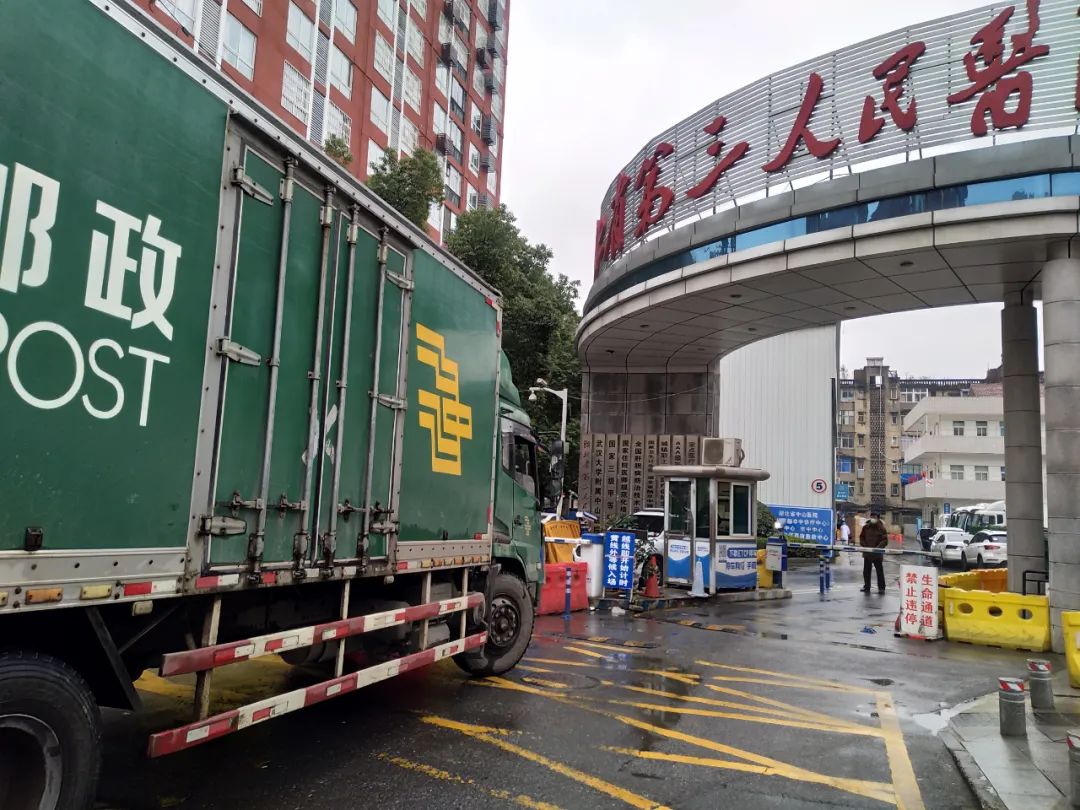
3
Emergency logistics test, "the unified is the advanced"
Of course, no matter how brave the "warriors" are, no matter how smart and considerate the equipment is, they cannot do without orderly management and correct instructions. Through this emergency logistics test, it can be found that the entire logistics system has become accustomed to the relatively smooth connection mode of the "peace age", and the rapid and urgent pace of change in the "war period" has shown unprepared "chaos". For example, when a large amount of medical supplies supported by the whole country arrived in the disaster area, Wuhan Union Hospital, one of the main positions of the "anti-epidemic", could not receive the supplies. After the vegetables donated by Shouguang, Weifang, Shandong arrived in Wuhan, they had to "distribute" the donated materials through sales in supermarkets. This is a typical and serious problem.
Ren Yongxin interpreted the reasons behind it: First, the material transportation guarantee links are fragmented and separate, and different logistics companies develop different systems. The supply and demand information is asymmetrical, and it is very difficult to transfer and dock. Secondly, according to regulations, donated materials need to be managed and distributed by the public welfare department. However, due to the large number of donated materials arriving in Hubei, the corresponding public welfare department personnel lack professional logistics and distribution capabilities, resulting in the accumulation of warehouse materials and difficulties in timely distribution.
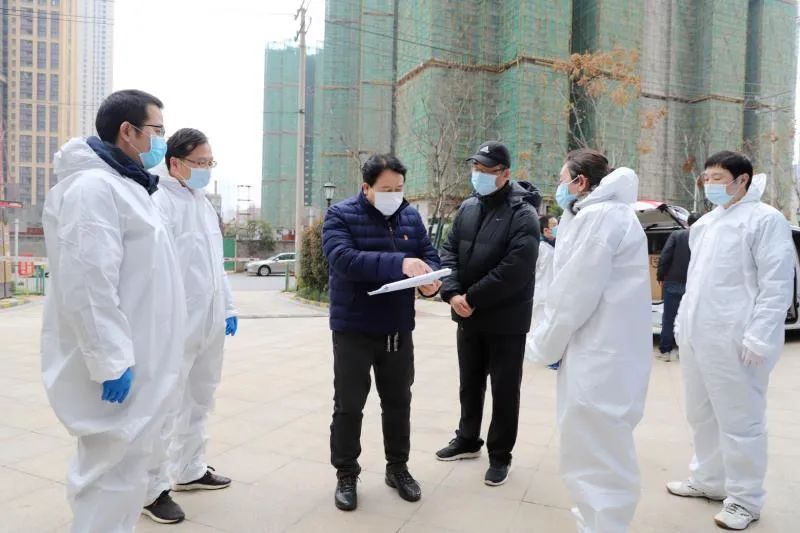
Ren Yongxin in emergency logistics position
"The asymmetry of information leads to mismatch and inaccuracy of supply and demand. The precious time for rescue supplies from the green channel is wasted in the'last mile' logistics link. What is lacking is a unified emergency logistics command and dispatch. , And a platform that can present material demand information in real time." Ren Yongxin pointed out bluntly.
"Unified is advanced. We must accelerate the construction of emergency logistics from the perspective of strategic overall planning, incorporate all types of emergency logistics enterprises into overall management, and have a large network across the country unified command and dispatch, one platform for unified information interaction, and one standard for unified operation. Only by solving the problem of information asymmetry can all aspects of emergency rescue be able to operate in an orderly and efficient manner.” Ren Yongxin told reporters.
At the same time, flexible layout and the integrated construction of warehouse and distribution are also critical. The materials went directly to the front line, and the Wuhan emergency warehouse distribution center was established in time, integrating system docking, process design, warehouse management, sorting and delivery, and full tracking. This greatly eases the pressure of information asymmetry and reduces the precious Logistics timeliness cost.

The emergency logistics problems reflected in this epidemic are believed to be given greater attention in future emergency incidents. After all, disorderly rescue will not only waste the financial and material resources of the society, but will even give participation. Bring harm. As Ren Yongxin said: The needs and shouts of people in the disaster area are the most real and urgent. Those who have not been to the disaster area can hardly appreciate the hardship, helplessness and expectations of the first-line rescuers. They are not only an important part of the epidemic prevention and control, but also risk being infected. To achieve orderly and efficient rescue and overall management, the importance of symmetry of information is self-evident.



